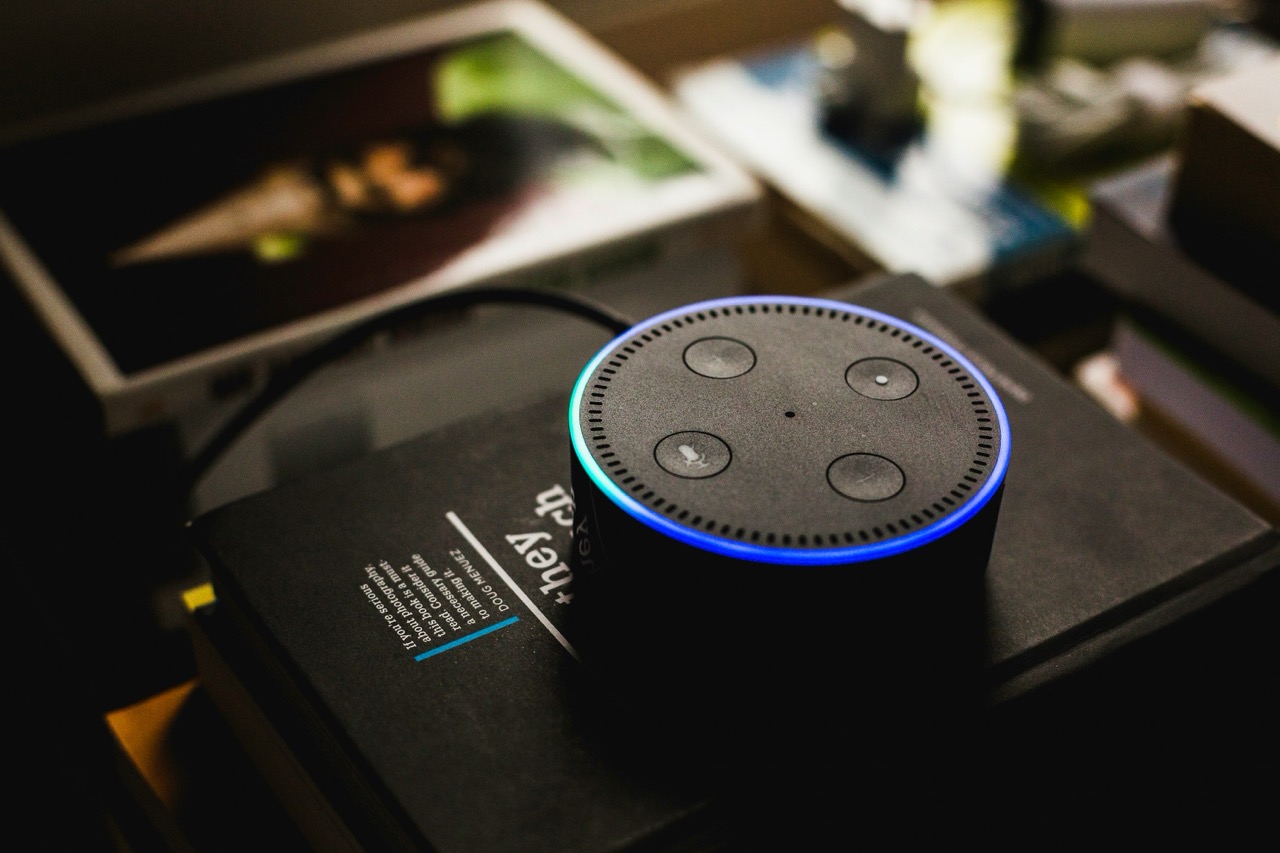In our increasingly connected world, smartphones have become essential tools for communication, navigation, and productivity. However, misplacing your phone can be a frustrating experience. Fortunately, if you own an Amazon Alexa-enabled device, you have a powerful ally to help you locate your lost phone. This article will guide you through the capabilities of Alexa in phone tracking, the setup process, and effective strategies for optimizing your search.
Understanding Alexa’s Capabilities for Phone Location
Alexa, Amazon’s voice assistant, is designed to perform a variety of tasks, from playing music to controlling smart home devices. One of its lesser-known but immensely useful features is its ability to help you locate your lost smartphone. Alexa can communicate with your phone and, if appropriately set up, can trigger it to ring, even if it’s on silent mode. This feature is particularly helpful in locating devices that may be hidden under cushions or in other inconspicuous places.
The technology behind Alexa’s phone location capabilities leverages the integration of various smart devices and applications. If you have the Alexa app installed on your smartphone and have enabled the necessary permissions, the assistant can access vital information to assist in tracking your device. Furthermore, Alexa is compatible with a range of smart home devices, creating an interconnected ecosystem that enhances its search functionality.
Understanding how Alexa communicates with your smartphone is crucial. The device uses a combination of Bluetooth and Wi-Fi connections to locate your smartphone. When you ask Alexa to find your phone, it sends a command through the network to trigger your phone to ring or give you information about its last known location. This seamless integration simplifies the process of locating your phone, making Alexa an invaluable tool in your daily life.
Setting Up Your Alexa Device for Phone Tracking
Before you can use Alexa to find your lost phone, you need to ensure both your Alexa device and smartphone are set up correctly. First, download the Alexa app from the Google Play Store or the Apple App Store if you haven’t done so already. Once installed, log in with your Amazon account credentials and ensure that your Alexa-enabled device is connected to the same Wi-Fi network as your smartphone.
Next, enable the necessary permissions in the Alexa app. Navigate to the app’s settings and find the "Device Settings" section. Here, ensure that the "Find My Phone" feature is activated. This feature may require you to grant Alexa permission to access your phone’s location and notifications, allowing it to communicate effectively. It’s essential to keep your phone’s Bluetooth turned on and paired with your Alexa device to facilitate seamless communication.
After the settings are appropriately configured, it’s advisable to perform a test run. Ask Alexa to find your phone to ensure it can locate and trigger it to ring. This test will confirm that all permissions are in place and that both devices are communicating effectively, paving the way for a smooth experience when you inevitably misplace your phone in the future.
Step-by-Step Guide to Locate Your Lost Phone
When you find yourself in the unfortunate situation of having lost your phone, the first step is to approach your Alexa device and calmly ask, "Alexa, where is my phone?" This request prompts Alexa to send a signal to your smartphone, causing it to ring. If your phone is nearby, you should hear the familiar ringtone, making it easier to locate.
If your phone is out of sight but still within range, Alexa will continue to ring it until you either find it or stop the ringing by saying, "Alexa, stop." This feature is particularly useful when your phone is on mute or hidden in a hard-to-reach place. In cases where your phone is not connected to the same network or is powered off, Alexa may inform you that it cannot locate the device accurately.
In addition, if you’ve enabled location services within the Alexa app, you can ask Alexa for your phone’s last known location. This can provide valuable clues about where you may have left it, whether at home, in the office, or a friend’s house. Using this feature in conjunction with the ringing function enhances your chances of finding the device quickly.
Tips for Optimizing Alexa’s Search Functionality
To maximize the effectiveness of Alexa’s phone-finding capabilities, it’s essential to keep your Alexa app updated. Regular updates ensure that you benefit from the latest features and security enhancements, which can help improve the reliability of the phone-tracking service. Check your app settings frequently and ensure that both your Alexa device and smartphone are always running the most current version of their respective software.
Another tip is to create a distinct ringtone for your phone that is easily recognizable. By choosing a sound that stands out, you can quickly identify your phone amongst other noises in your environment. Additionally, ensure that your phone’s volume is set to a reasonable level, as this will help Alexa’s ringing feature work effectively, even if the phone is muted.
Lastly, consider integrating other smart home devices with your Alexa system. For example, smart security cameras or motion sensors can provide additional information about your phone’s last known movements. This interconnectedness not only enhances Alexa’s functionality but also contributes to a more comprehensive system for locating lost items around your home.
In conclusion, Amazon Alexa presents a convenient and efficient way to locate a lost smartphone. By understanding its capabilities, setting it up properly, following a clear step-by-step guide, and optimizing its functionalities, you can significantly reduce the stress of misplacing your device. With these strategies in mind, you can enjoy greater peace of mind knowing that your digital assistant is there to help when you need it most.










